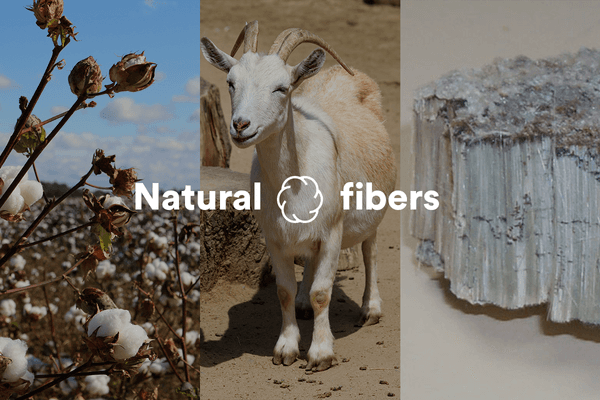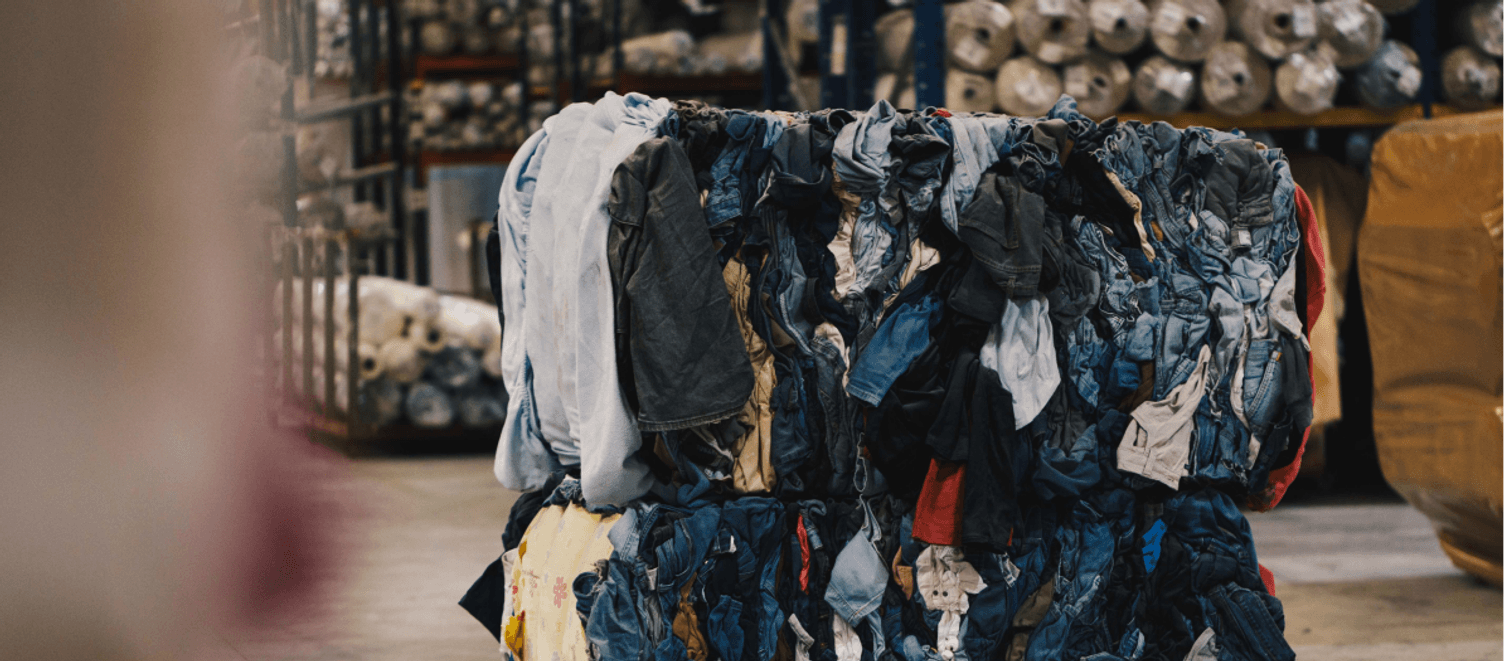All you need to know about Natural Fibers

Site map
On March 30th, The European Commission published the EU Strategy for Sustainable and Circular Textiles, a new strategy that lays out key principles to drive change in the textiles industry. The European Commission’s vision of the future of the textiles industry in Europe lays on several pillars that include Ecodesigns, waste management, transparency, labelling, microplastics and extended producer responsibility (EPR).

But what are those initiatives and how will they shape the European Fashion landscape? From product design to waste management and new business models to regulated green claims, the proposal tackles some important improvement area for a more sustainable textile industry and builds the foundation for much needed for future legislation. It is the first step to a circular European Fashion landscape. We highlighted in this article some of the areas tackled by the proposal:
The European Commission introduced the “Extended Producer Responsibility (EPR)” in the proposal. Making producers responsible for the waste that their products create is essential to decouple textile waste generation from the growth of the sector. Extended producer responsibility (EPR) can incentivize product design that promotes circularity throughout the material life cycle and takes the end of life of products into account. Several EU Member States already have or are considering the introduction of EPR requirements for textiles, given the obligation under EU waste legislation to establish separate collection of textile waste by 1 January 2025.
The proposal for a Regulation on Ecodesign for Sustainable Products (ESPR), published on the same day, establishes the framework for setting eco-design requirements in several product categories, including textiles. While textile products already are subject to certain requirements (use of chemicals, labelling), there are no specific requirements for circularity (durability, reparability, recyclability). The introduction of ESPR will set eco-design performance requirements for textile products, information requirements and Digital Product Passport. The Commission also proposed a transparency obligation for large companies to publicly disclose the number of products they discard and destroy, and their further treatment for reuse, recycling, incineration, or landfilling. It will also introduce bans on the destruction of unsold products or textiles.
The EU Commission is promoting consumer-facing transparency including the recognition and shift towards digital labelling. A recent screening of sustainability claims in the textiles sector suggested that 39%[1] of these claims could be false or deceptive. Therefore, providing consumers with comparable and trustworthy sustainability information at the product level will facilitate more sustainable customer behaviour.
In conclusion, if the textiles industry continues its current path, by 2030, it will still emit around twice the emissions required to align with the Paris Agreement. Despite the urgency to act, approximately 5.8 million tonnes of textiles are discarded every year in the EU[2], and less than 1% of textiles are recycled directly into new textiles[3]. Promoting lower impact materials, processes and business models is key to create sustainable growth in the European Fashion industry.

Mandatory performance requirements for the environmental sustainability of textile products (2024)
Digital Product Passport for textiles with information requirements on environmental sustainability (2024)
Mandatory requirements concerning green public procurement and Member State incentives (2024)
Disclosure of the number of discarded products by large enterprises and their subsequent treatment, and measures on banning the destruction of unsold textiles (2024)
Empowering consumers in the green transition and ensuring the reliability of green claims (2022)
Review of the Textile Labelling Regulation and considering the introduction of a digital label (2023)
Revision of the EU Ecolabel criteria for textiles and footwear (2024)
Product Environmental Footprint Category Rules for apparel and footwear (2024)
Initiative to address the unintentional release of microplastics from textile products (2022)
Review of the Best Available Techniques Reference Document for the Textiles Industry (2022)
Enforcing the Corporate Sustainability Due Diligence Directive in the textile sector (as of 2023)
Extended Producer Responsibility requirements for textiles with eco-modulation of fees and measures to promote the waste hierarchy for textile waste (2023)
Launch of work on the setting of preparing for re-use and recycling targets for textiles (2022)
Enforcing the restrictions on exports of textile waste outside the OECD and developing criteria for distinguishing waste from second-hand textile products (2023)
--------------------------
[1] https://ec.europa.eu/info/live...
[2] EEA (2019) Textiles and the environment in a circular economy
[3] European Commission, Directorate-General for Internal Market, Industry, Entrepreneurship and SMEs, Duhoux, T., Maes, E.,Hirschnitz-Garbers, M., et al., Study on the technical, regulatory, economic and environmental effectiveness of textile fibres recycling :final report, Publications Office, 2021, https://data.europa.eu/doi/10....